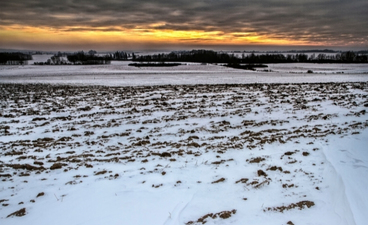
Nitrous oxide is a greenhouse gas, like carbon dioxide or methane. Often overlooked in climate change discussions because it’s less abundant in the atmosphere, its potency is about 300 times greater than carbon dioxide and researchers say its warming potential, especially via agriculture, demands attention.
Researchers from the University of Minnesota and the University of Illinois are investigating the drivers of agricultural nitrous oxide emissions from the U.S. Midwest in an effort to help stakeholders develop specific mitigation strategies to reduce nitrous oxide emissions.
In a study recently published in Agricultural and Forest Meteorology, the researchers used an advanced process-based model to investigate the magnitude and drivers of nitrous oxide emissions during the non-growing season in the Midwest.
“Nitrous oxide emissions from agricultural soils have mostly been studied during the growing season. Previous research shows non-growing season nitrous oxide emissions can contribute up to 70-90% of annual emissions in some years, but it's not clear how accurate that range is for the Midwest or what processes and management practices contribute to those emissions in the fall and winter," says Yufeng Yang, the study's lead author and a graduate student at the University of Minnesota. Continue reading the full story in the Research Brief.